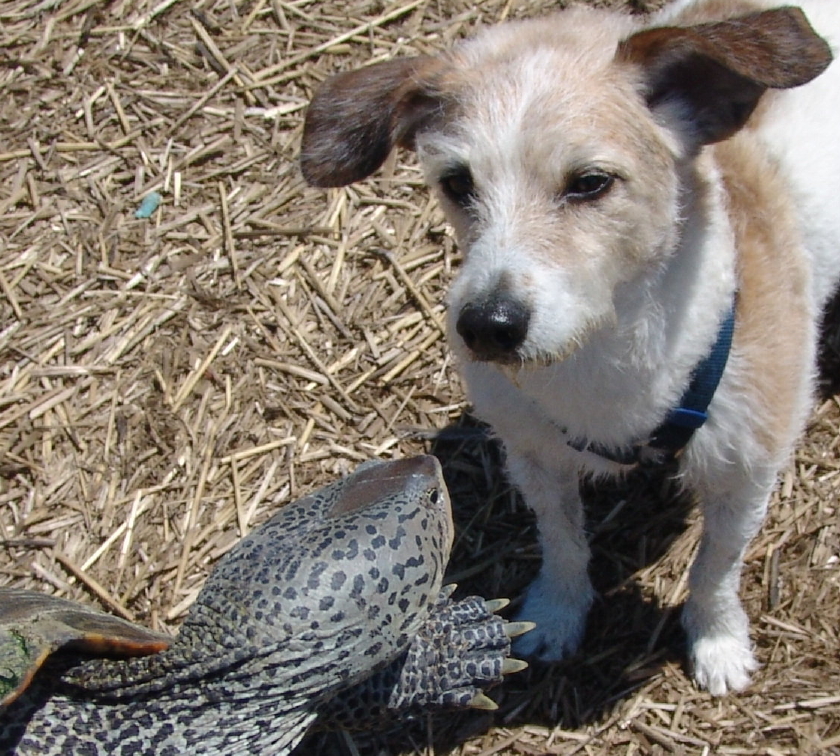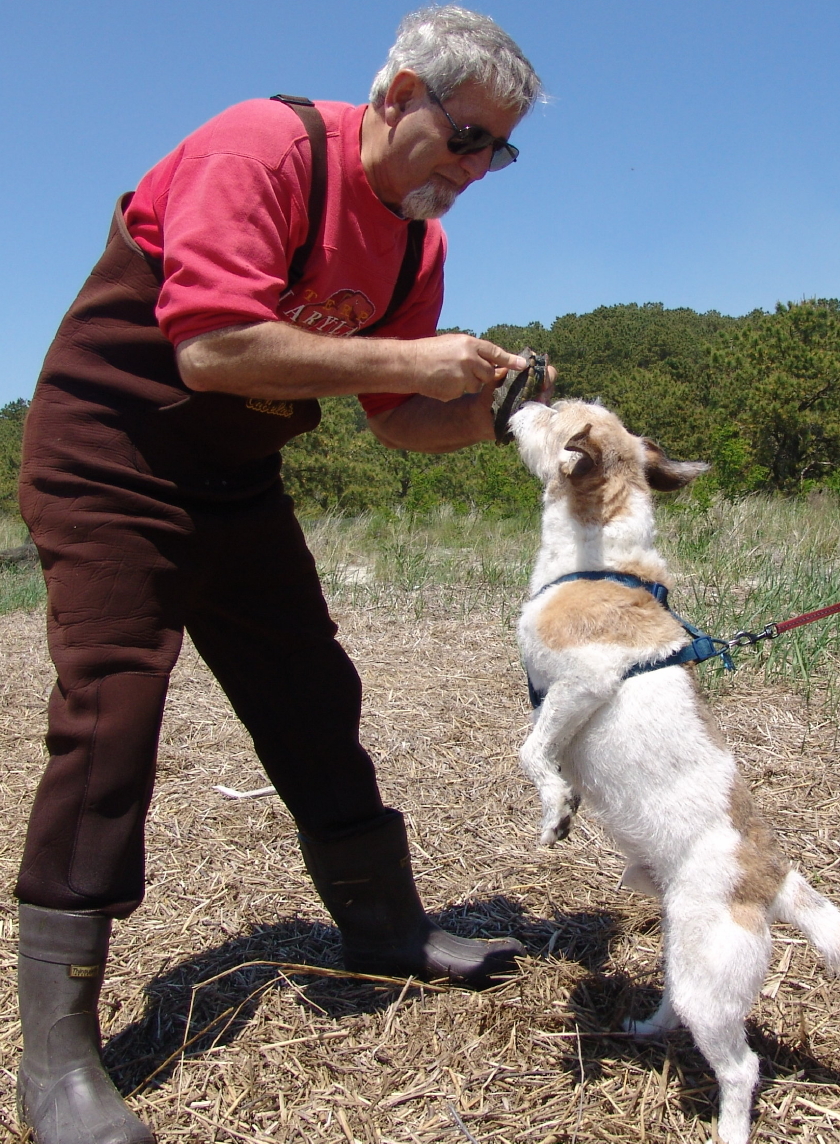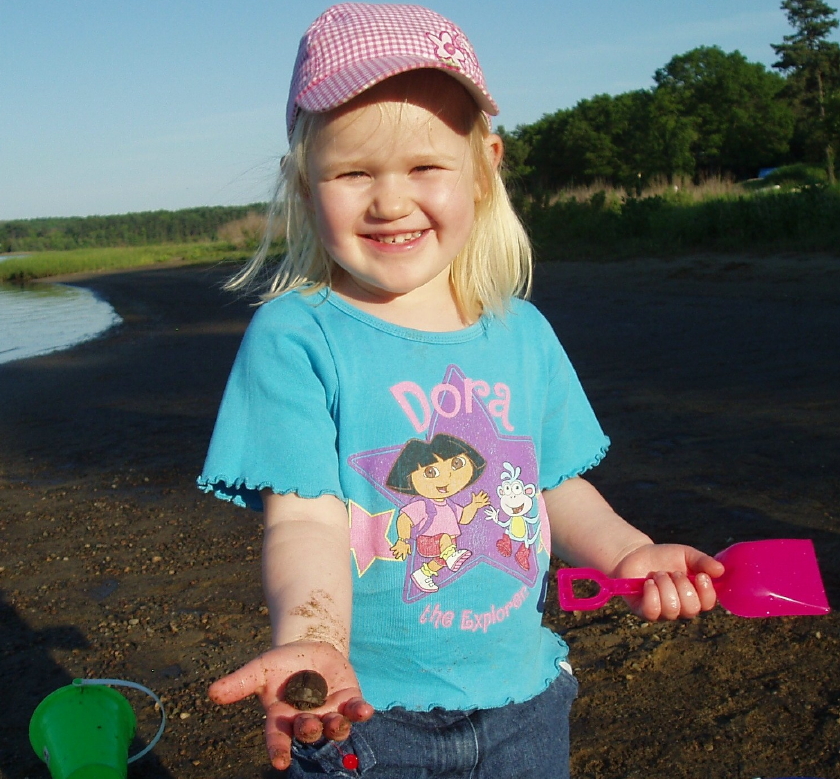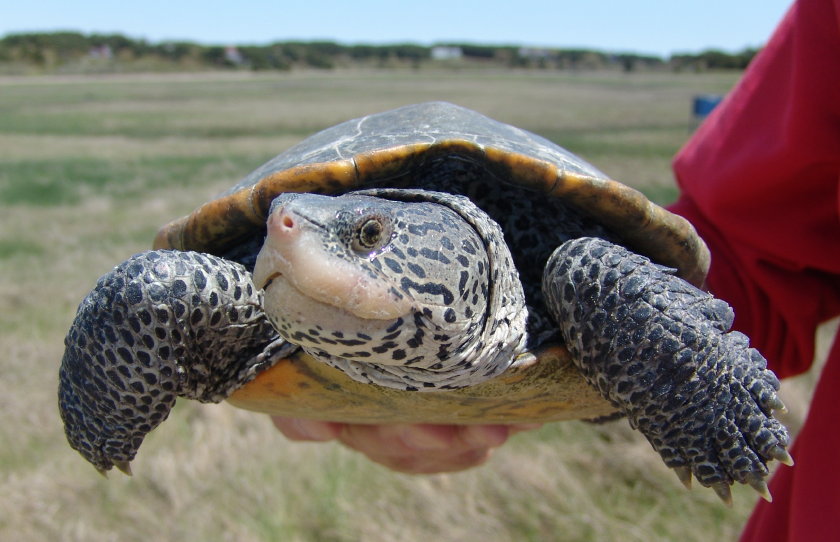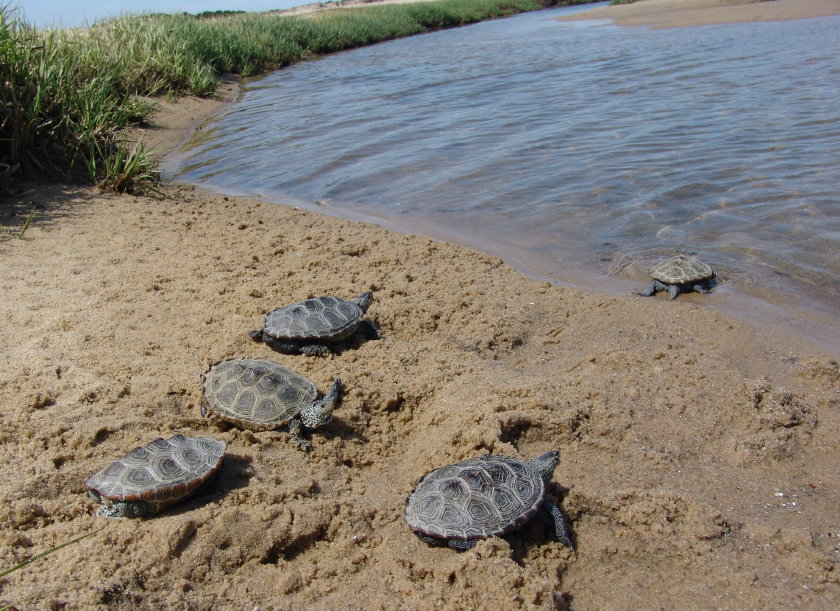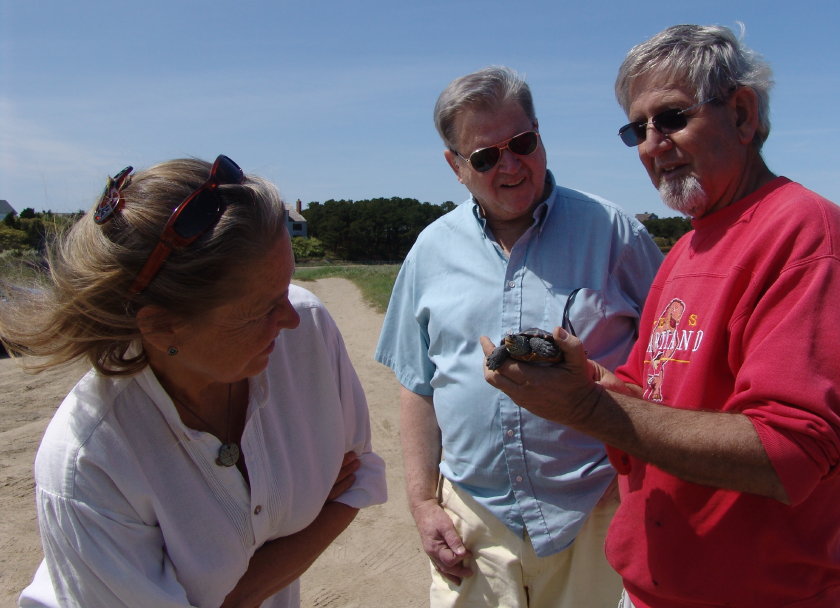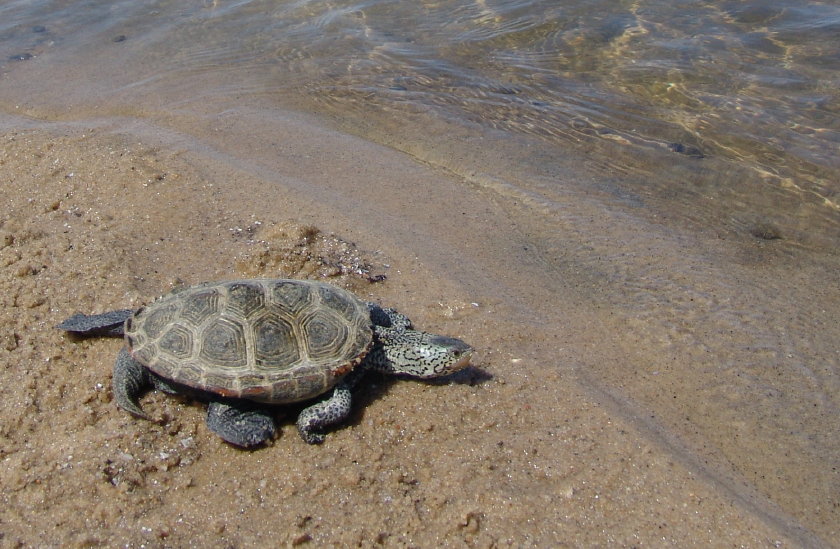Boy (Dog) Meets Girl (Turtle)
This tragic story has been told a million times in books, plays and movies. From Homer’s tale of Helen and Paris set in Troy nearly 3000 years ago, to Shakespeare’s impetuous Italian teens “Romeo and Juliet” penned in 1597, and Bernstein’s musical update relocated to New York City with Tony and Maria in the 1957 “West Side Story,” these cross-cultural romances rarely find a happy conclusion. And so it was in the salt marsh of Chipman’s Cove one bright spring day when boy from the upland Canine Clan met girl from the brackish Reptile Family. From the first you knew nothing good would come of it.
First Fateful Meeting of Boy and Girl
As the Turtle Journal team censused diamondback terrapins in their mating aggregation on the Outer Cape, along came an energetic canine boy to experience his first encounter with turtles. You could see his fascination from the first, as he strained on his leash to investigate these wonderful creatures with that exotic “Eau du Marsh Parfum.” He couldn’t restrain himself as he danced about to the rhythmic cadence of Jets and Sharks.
Love Blossoms
It was love at first sight. He couldn’t take his eyes (or nose) off her as she strained in the bucket to flee his native uplands and escape to her more familiar lowland estuary home. The tragic ending came quickly as boy tried to express his devotion with a sniff and a kiss, and girl rejected his advance with a nip on the nose. Sadly, it was doomed from the start and could never have worked. They came from two different worlds that only met on a spring high tide.
On a happier postscript, boy returned to the marsh a week later, perhaps to refresh memories of his puppy love. Older and wiser, he inspected the new set of bucket girls from afar. I could have sworn that he rubbed his paw across his nose as he waved goodbye to the new ladies of the bay.
